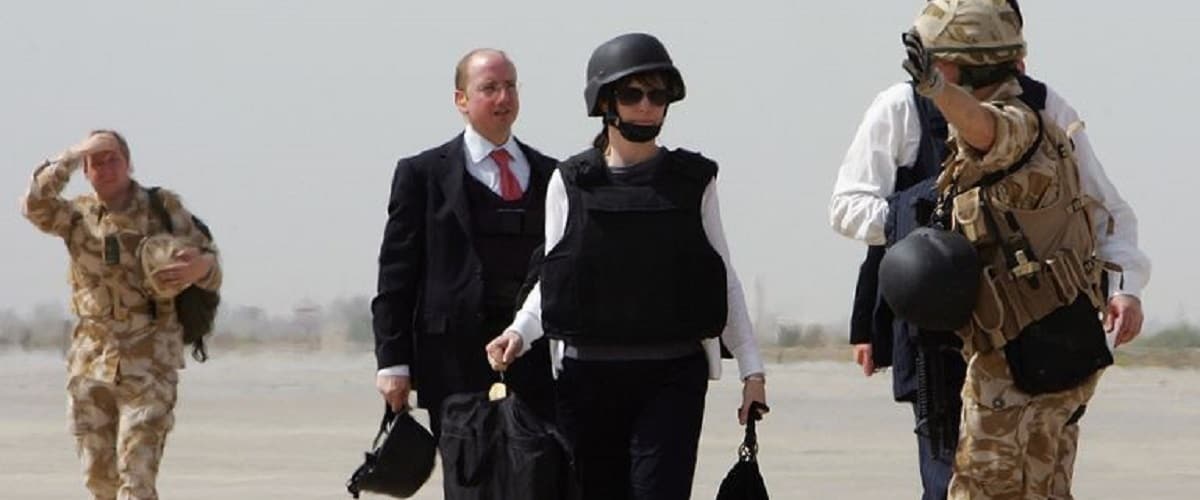If you want to stay safe, it takes more than just firepower. You need defense. This is what body armor is for. Whether it’s bullets or bear attacks, there are far too many instances where having some additional coverage could be the difference between life and death.
But what exactly IS body armor? When it comes to prepping, its a rather wide topic. It can range from kevlar to denim, depending on your needs. Fortunately for us, protective technology has really advanced over the years. So we have a variety of different armors to choose from, at decent costs.
Armors are separated into two kinds, soft and hard. Soft armor is thinner, lighter, and generally weaker than hard armor. It’s more diverse as a result, though. Soft armor is frequently worn under clothing for standard procedures, as its easier to conceal and burdens the wearer less. Hard armor, as the name implies, are solid segments meant for ideal protection. Rigid and heavy, they often are in the form of plates within clothing. Good luck stabbing someone wearing a metal plate.
The Department of Justice categorizes different armors by levels, such as Level IIA, Level IIIA, and so on. Level 1 armor is no longer in use. Two and three are commonly soft armors, they aid in protection against blunt weapons and small to medium caliber rounds, while four and above are usually hard armors effective against most ballistics, even of the armor piercing category.
Anyone not in an active line of duty will most likely be fine with a Level 3 or below armor type. Civilians aren’t running around with 0.50 Cal rifles, after all. Take your time shopping for the armor that best suits your needs and make sure it fits well. Shop in person if you can, so that you can feel it on yourself before you buy it.


1 Pingback